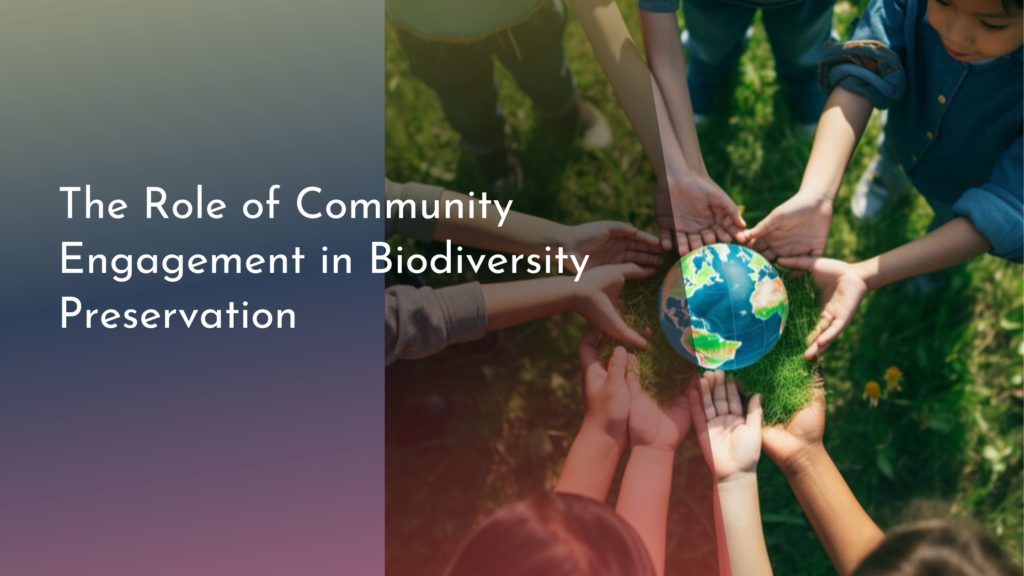Urban Forests as Indicators of City-Wide Health Metrics
Urban forests, often overlooked in the hustle and bustle of city life, are thriving ecosystems that play a pivotal role in shaping urban health. These green spaces, which encompass trees, shrubs, and other vegetation in metropolitan areas, are more than just aesthetic enhancements; they are vital indicators of the overall health and well-being of urban environments. As cities grapple with various challenges, including pollution, mental health issues, and climate change, urban forests emerge as beacons of hope and resilience.
By understanding the intricate connection between urban forests and city-wide health metrics, we can better appreciate their importance. This article delves into the multifaceted ways urban forests contribute to community wellness, how they serve as reflections of city life, and the collective benefits they provide to citizens. As we explore these topics, we’ll discover the essential role these green spaces play in creating healthier, happier urban landscapes.
Discovering Urban Forests: A Vital City Asset for Health
Urban forests are often defined as the collection of trees and associated vegetation within a city’s boundaries. They can be found in parks, along streets, and even in private yards, providing essential ecological services that directly impact urban health. These green spaces contribute to improved air quality by absorbing pollutants and releasing oxygen, leading to better respiratory health for city dwellers. Moreover, urban forests play a crucial role in mitigating the urban heat island effect, cooling cities during scorching summers and reducing energy consumption.
The presence of urban forests also fosters biodiversity, creating habitats for a variety of wildlife. This biodiversity is not only essential for maintaining ecological balance but also enhances the aesthetic and recreational value of urban areas. As cities become more densely populated, fostering and preserving urban forests becomes integral to ensuring that residents have access to nature and the numerous health benefits it provides, such as stress reduction and improved mental health.
The Green Connection: Trees and Community Well-Being
The relationship between urban forests and community well-being goes beyond physical health; it extends into the realm of mental and social wellness. Numerous studies have shown that spending time in green spaces can elevate mood, alleviate stress, and even decrease symptoms of anxiety and depression. Urban forests provide residents with a tranquil escape from the frenetic pace of city life, offering spaces for relaxation, recreation, and reflection.
Furthermore, urban forests can serve as gathering places for communities, fostering social interactions and connections. Community gardens, tree-lined streets, and parks encourage residents to engage with one another, building a sense of belonging and camaraderie. This social cohesion is vital for overall community health, as it can lead to increased civic engagement, lower crime rates, and a greater sense of shared responsibility for the environment.
Measuring Health: How Urban Forests Reflect City Life
Urban forests can serve as vital indicators of broader health metrics within a city. For instance, areas with abundant tree cover often correspond with lower rates of respiratory diseases, highlighting the positive impact of greenery on physical health. Additionally, neighborhoods with healthier urban forests tend to have higher property values and increased economic activity, reflecting the interconnection between environmental quality and economic vitality.
Moreover, urban forests can reveal disparities in urban planning and access to green spaces among different communities. Studies have shown that low-income areas often have fewer trees and green spaces, leading to disparities in health outcomes. By mapping urban forests, city planners and policymakers can identify areas in need of improvement and allocate resources to enhance access to greenspaces, ultimately striving for a healthier, more equitable urban environment for all residents.
Growing Together: Benefits of Urban Forests for All Citizens
The benefits of urban forests extend to every citizen, irrespective of age or background. For children, access to green spaces is crucial for their physical development and mental well-being. Studies indicate that children who play in natural environments exhibit higher levels of creativity and physical activity. As such, urban forests provide essential opportunities for outdoor play and exploration, fostering a lifelong appreciation for nature and sustainability.
For adults, urban forests can enhance quality of life by providing spaces for physical activity, such as jogging, walking, or biking. Engaging with nature has been shown to lower stress levels, improve mood, and increase overall life satisfaction. Additionally, as cities continue to grow and evolve, the collective efforts to preserve and expand urban forests can lead to more resilient communities, prepared to face challenges like climate change and urbanization. Ultimately, investing in urban forests is an investment in the health and happiness of all citizens.
In conclusion, urban forests are indispensable assets that not only beautify our cities but also serve as vital indicators of community health and well-being. As we’ve explored, these green spaces contribute significantly to physical health, mental wellness, and social cohesion, while also reflecting the overall vitality of urban environments. By recognizing the importance of urban forests and prioritizing their preservation and expansion, we can cultivate healthier, happier, and more vibrant cities for generations to come. Let’s celebrate and nurture our urban forests as essential partners in building a brighter future for all city dwellers!

